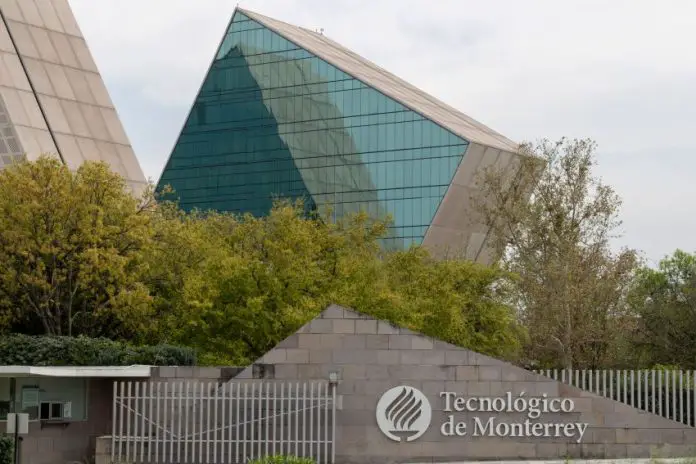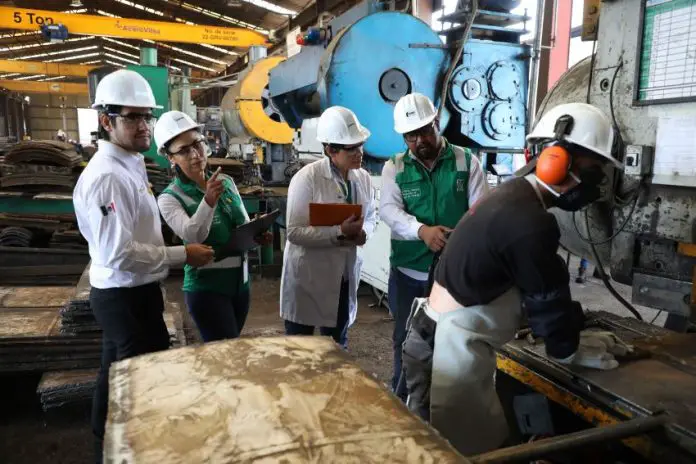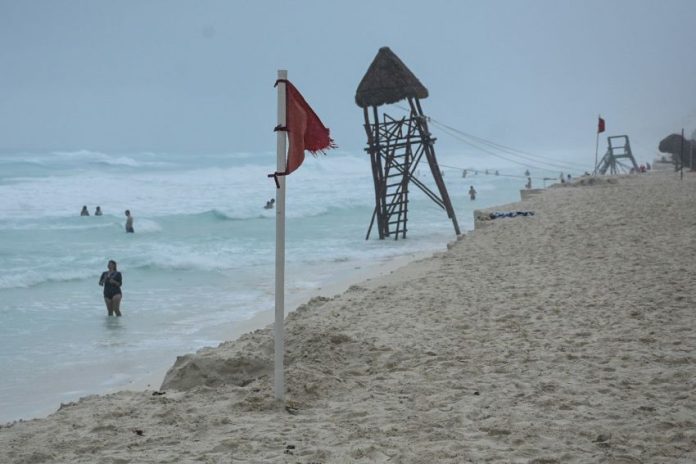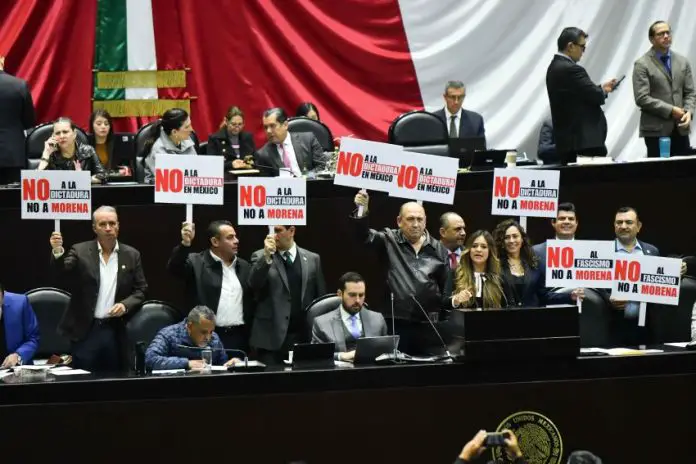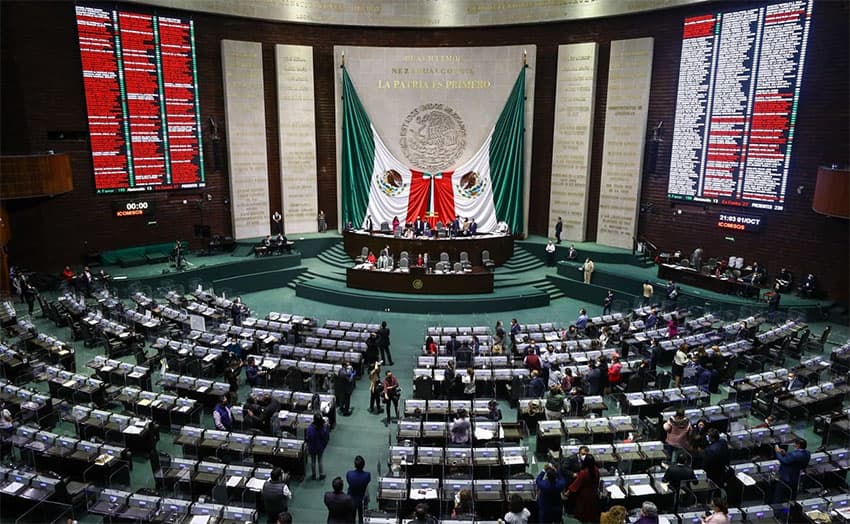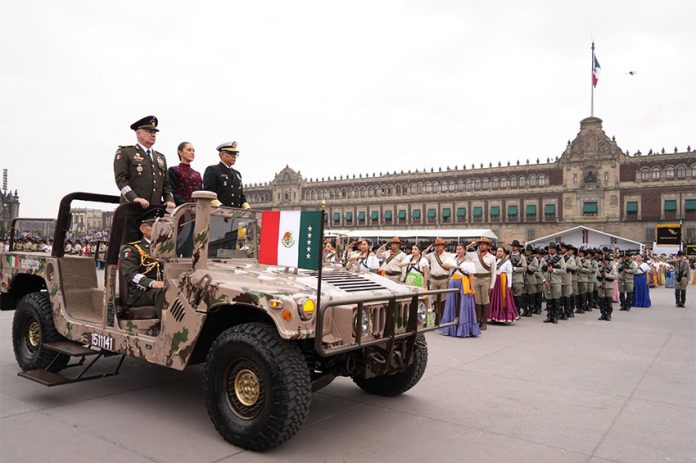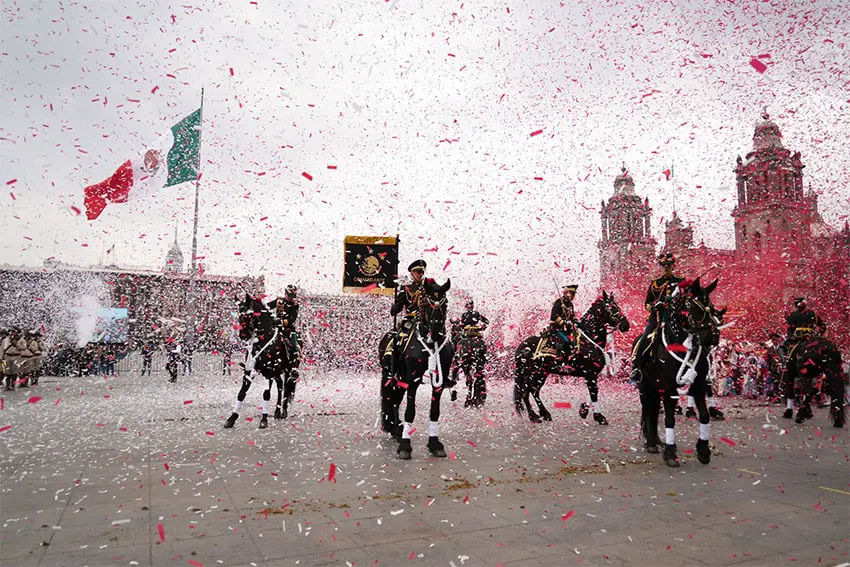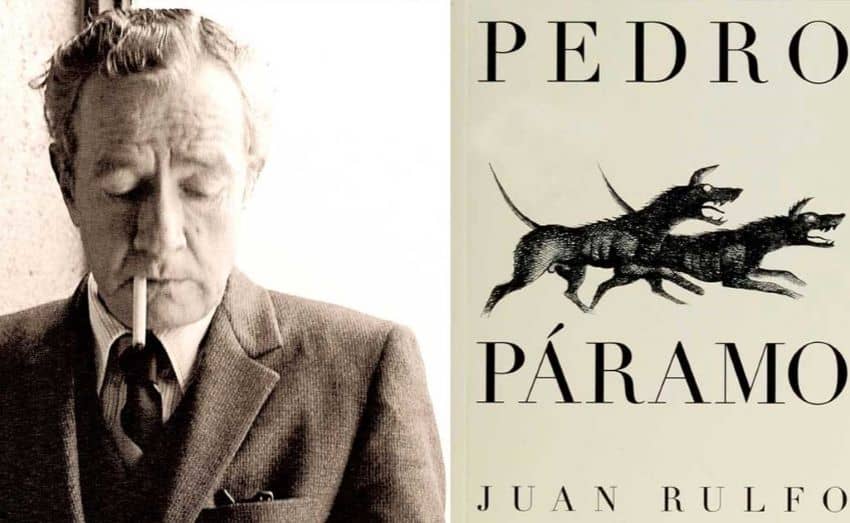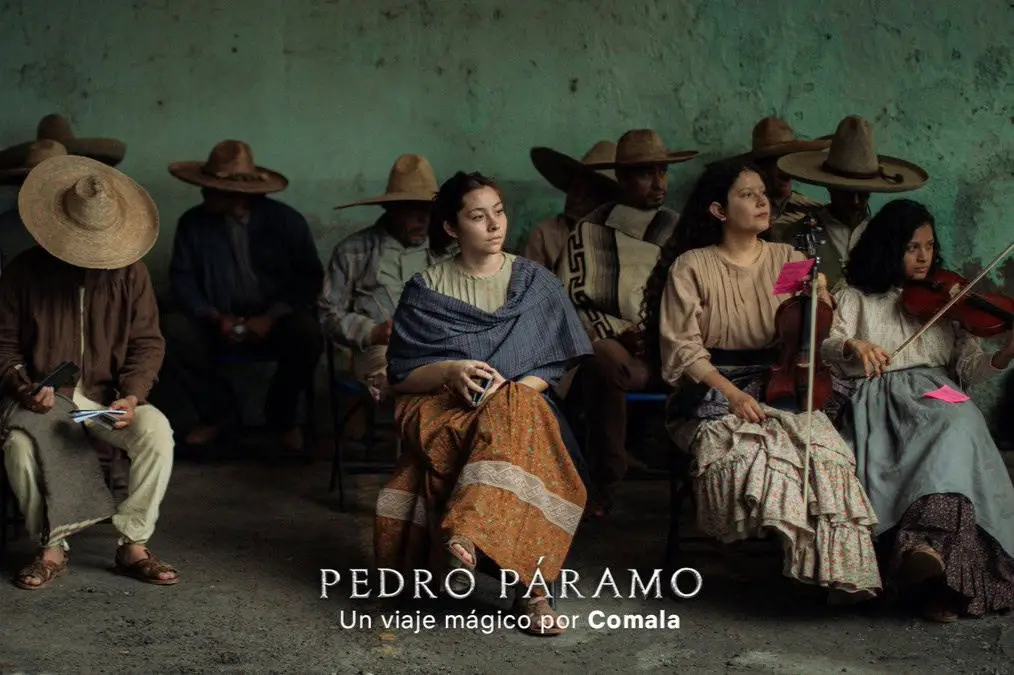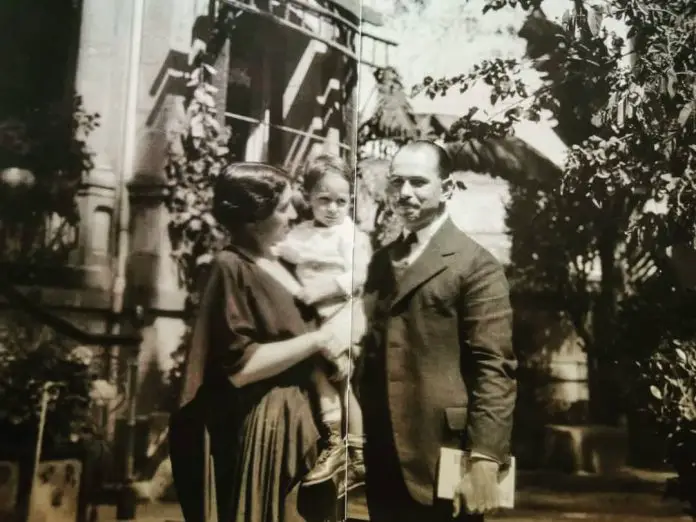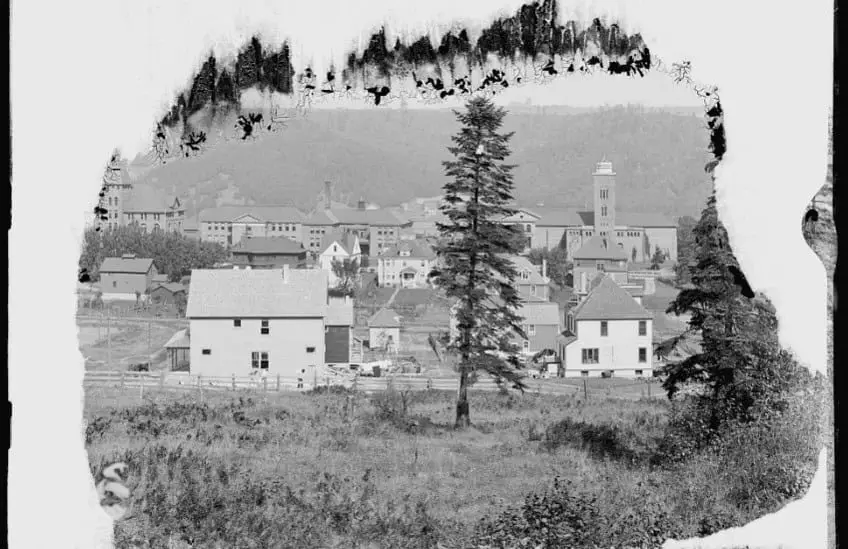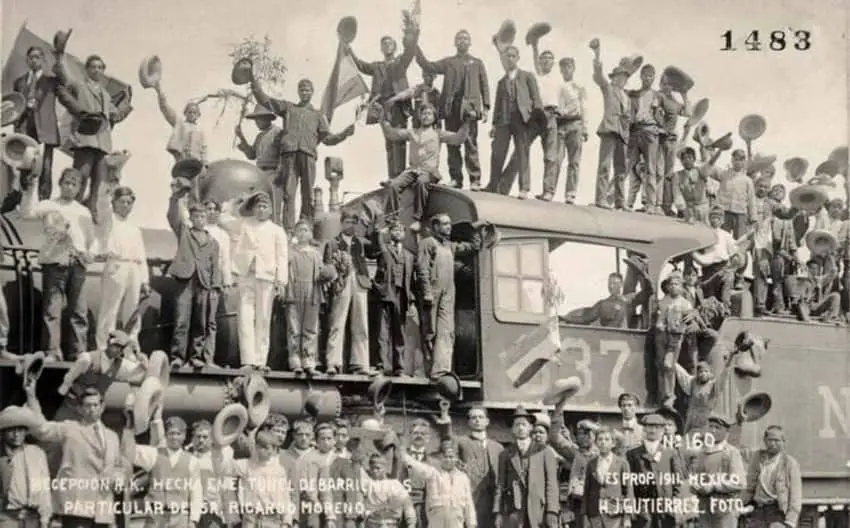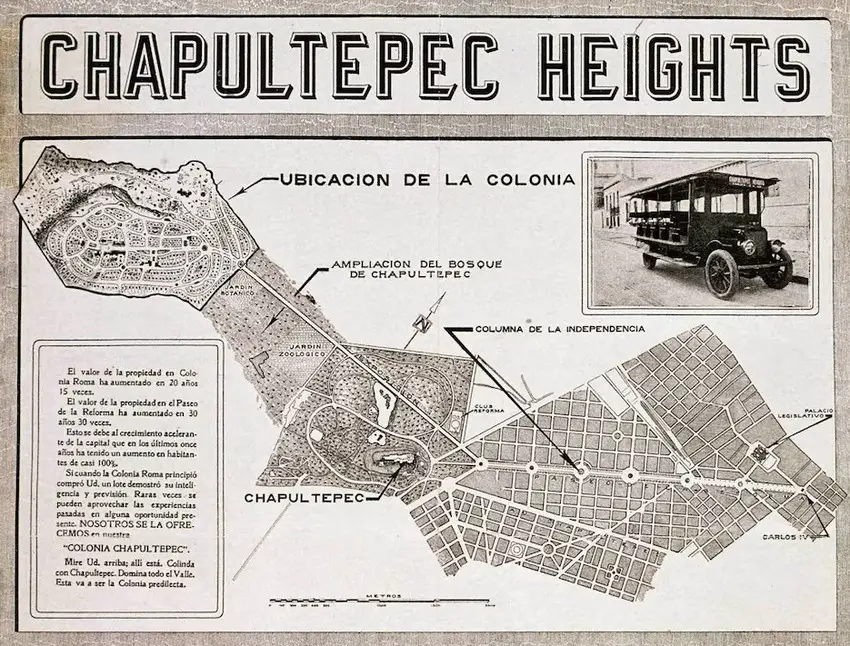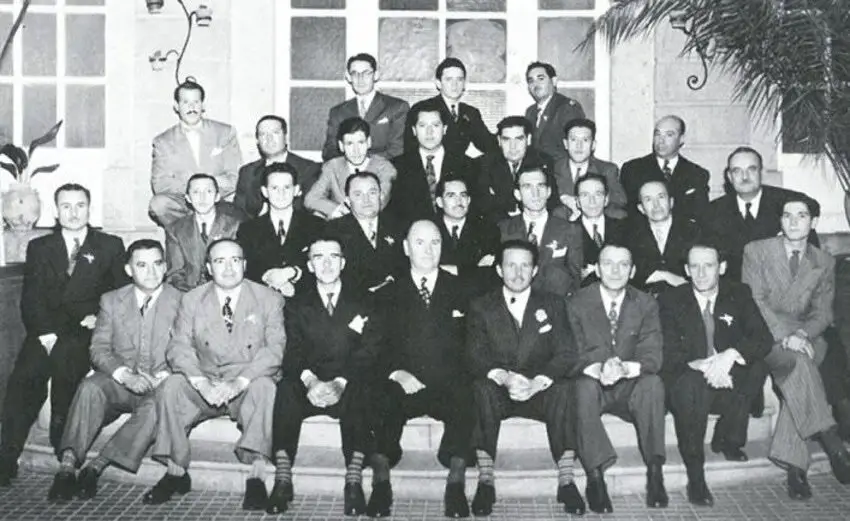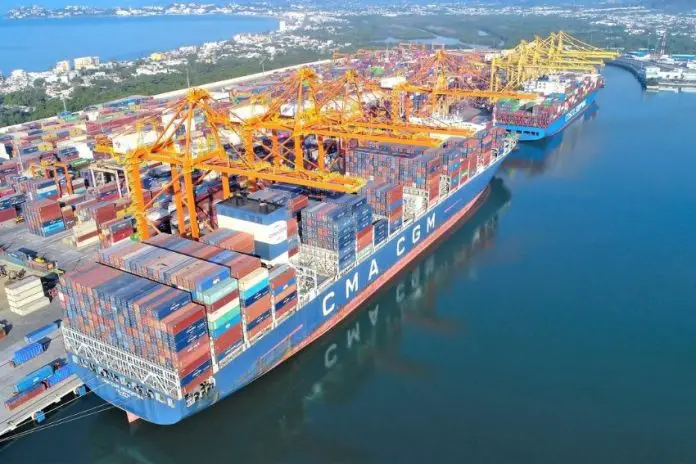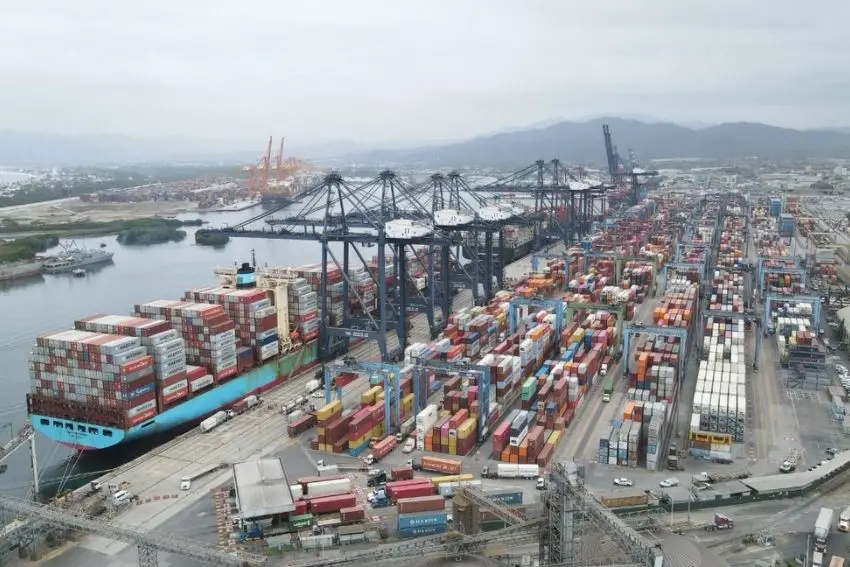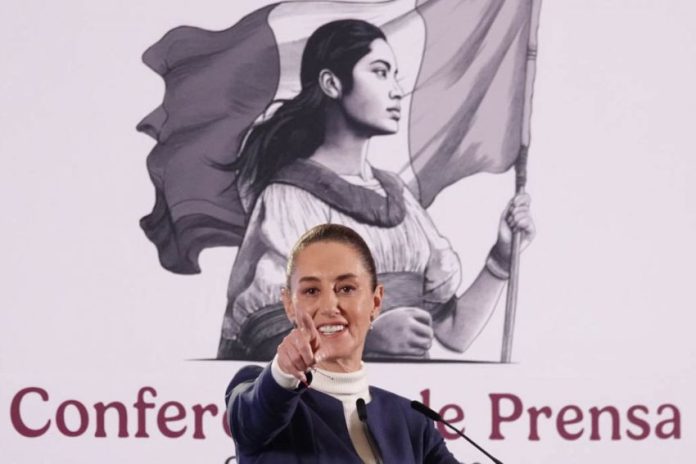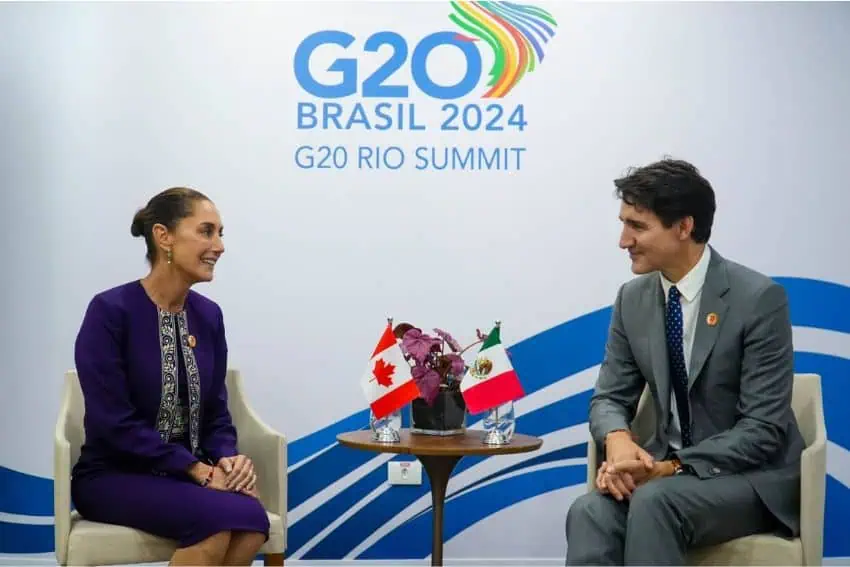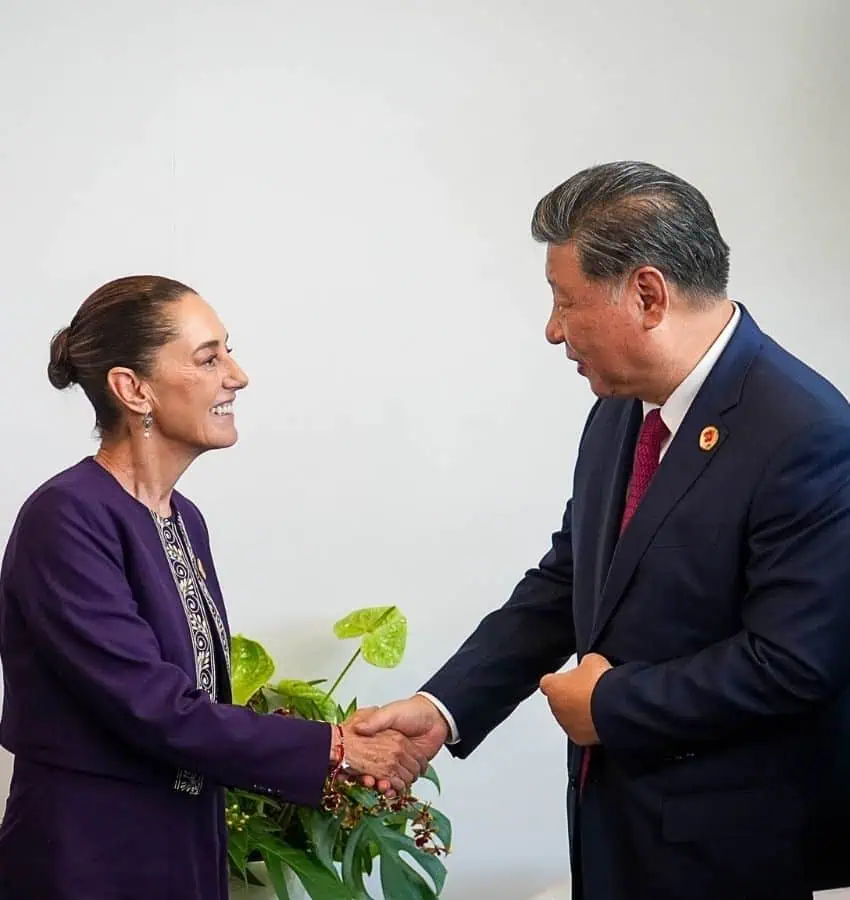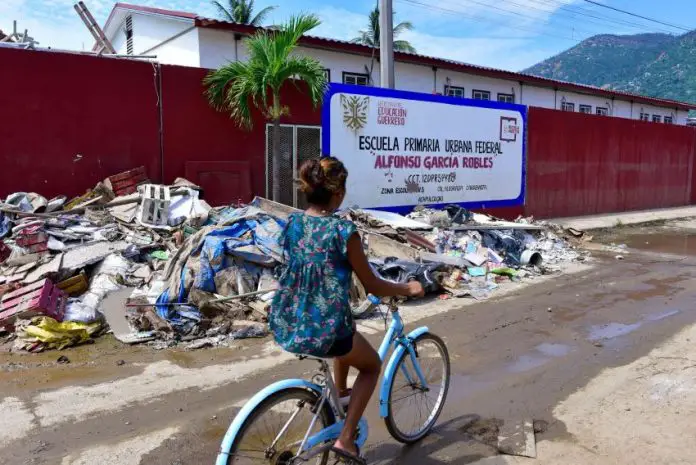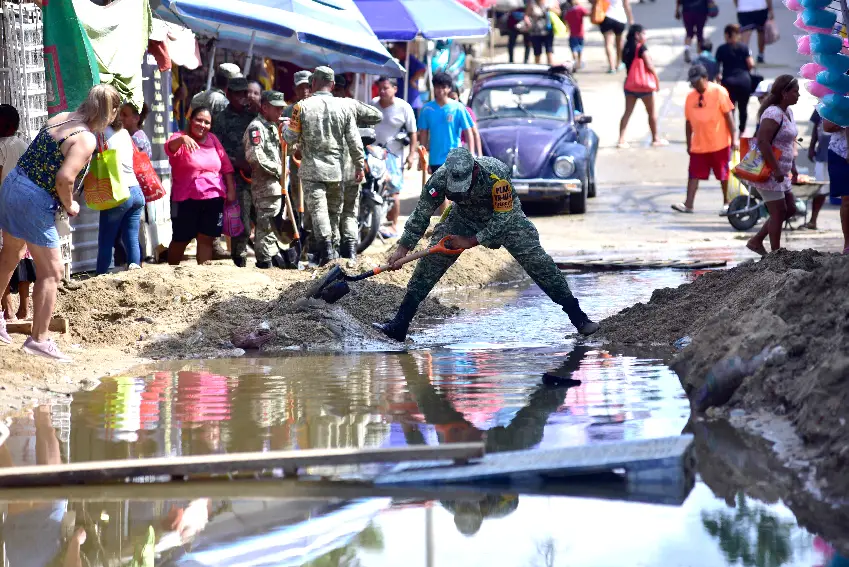Mexico’s Tecnológico de Monterrey (Monterrey Technological Institute), a private university based in Monterrey, Nuevo León, is the ninth-best undergraduate university in the world for entrepreneurship according to a ranking by the Princeton Review.
The Princeton Review: Top Undergraduate Schools for Entrepreneurship 2025 said it evaluated entrepreneurship programs from nearly 300 schools based on surveys of schools conducted from June through August 2024.
The Mexican university stands out because, according to its data, over 68% of its students have taken at least one course related to entrepreneurship during their academic careers. Furthermore, 43% of its graduates have successfully launched businesses that create employment and positively impact their communities.
Tec de Monterrey is the only foreign university on the list and the first one in the international category. It has remained on the top 10 ranking since 2019.
Which universities make up the top 10 in the ranking?
The University of Houston came in as the best university for undergrad entrepreneurship, followed by University of Texas at Austin, Babson College, University of Washington, Washington University in St. Louis, University of Michigan-Ann Arbor, University of Maryland College Park, Miami University and at No. 10 on the list, Northeastern University.
What does the Princeton Review ranking evaluate?
The entrepreneurship survey methodology is based on several fields.
- Academics and requirements, which evaluate the number and type of entrepreneurship-related courses offered by the school. Tec de Monterrey offered 148 subjects and two courses to promote entrepreneurship for students.
- Students and faculty, which considers the total enrollment of students in an entrepreneurship course, as well as the total number of faculty who teaches at least one entrepreneurship course. It also evaluates how many teachers have started a business.
- Alumni entrepreneurship ventures, which counts how many students have started a business in the last five to ten years.
- Activities outside the classroom, which evaluates how many mentorship or academic programs students have access to outside of campus.
- Finally, the ranking evaluates the number, variety and cash prizes of competitions hosted by the school, as well as the scholarships offered.
About Tec de Monterrey
Eduardo Garza Sada (1892-1973), one of Mexico’s top businessmen and founder of today’s FEMSA group (Coca-Cola’s largest bottler and owner of Oxxo convenience stores) founded Tecnológico de Monterrey in 1943.
According to the university’s website, in July of that year, Garza convened a group of businessmen and professionals from Monterrey to form the Enseñanza e Investigación Superior, A.C.,with the “purpose of operating a private educational institution of the highest academic level.”
The university began with 350 students. Today, it teaches over 90,000 who study under some of the 11 doctoral programs, 59 master and specialization programs, 54 undergraduate degrees and 3 high school programs.
Tecnológico de Monterrey is a private, non-profit, independent institution with no political and religious affiliations.
With reports from El Economista
